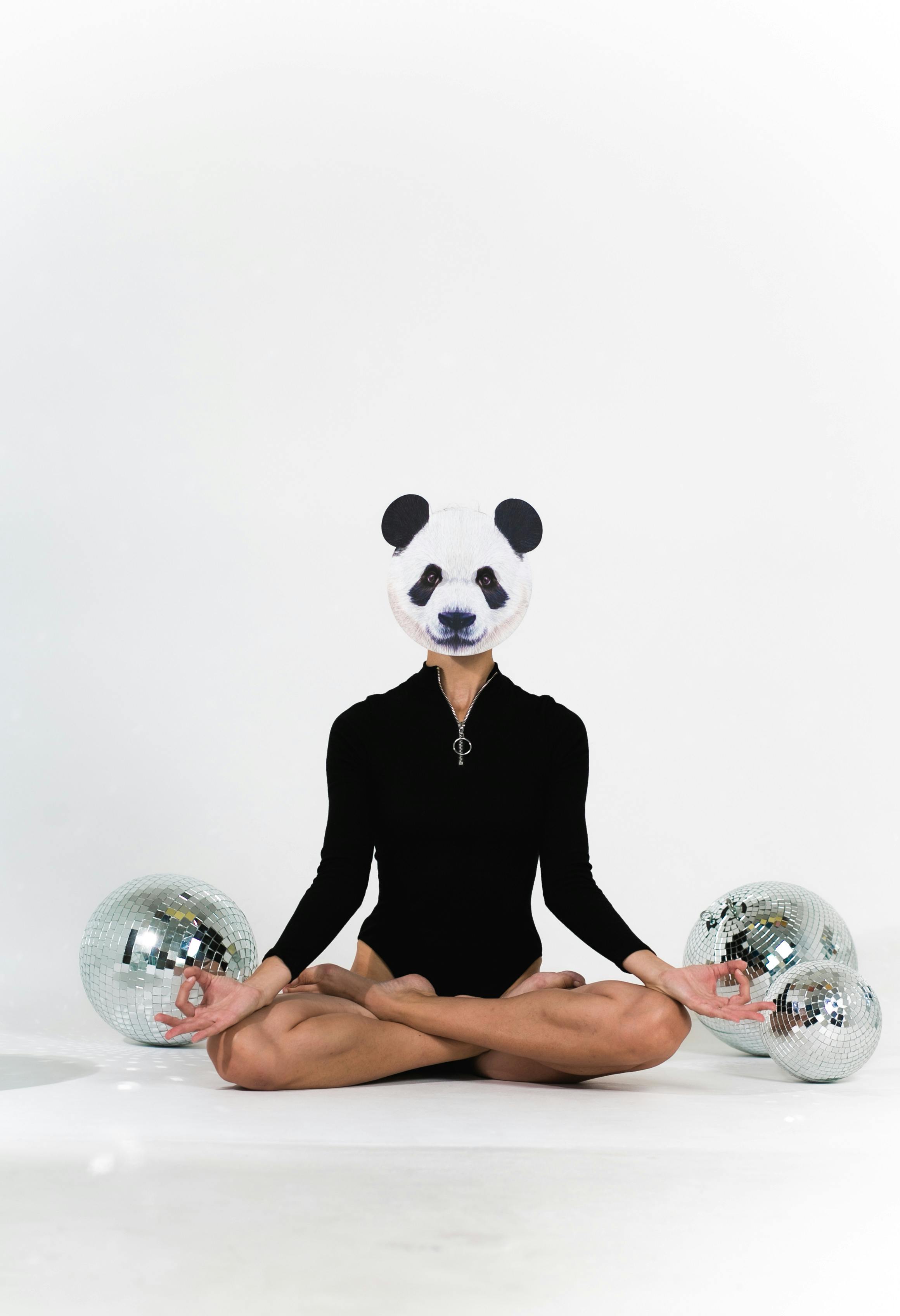TITLE: Decoding the Charm of Minimalist Fashion: A Closer Look
Once considered a niche aesthetic in the realm of fashion, minimalism has evolved into a mainstream trend. Its roots can be traced back to the 1960s, when designers like Calvin Klein began showcasing the beauty of simplicity. This article delves into the allure and impact of minimalist fashion, from its historical origins to its current influence on shopping and styling trends.

The Emergence and Evolution of Minimalist Fashion
Minimalist fashion was born out of a desire to simplify and declutter, reflecting a societal shift towards minimalism in design and lifestyle. It was first popularized in the 90s by fashion houses like Jil Sander and Calvin Klein, who championed clean lines, monochromatic color palettes, and pared-down silhouettes.
Throughout the years, minimalist fashion has continually evolved, reflecting the changing tastes and needs of consumers. Today, it’s characterized by a focus on quality over quantity, timeless designs, and functionality—an approach that resonates with the modern shopper’s desire for sustainability and longevity in their wardrobe.
The Appeal of Minimalist Fashion
What makes minimalist fashion so appealing is its versatility and timeless appeal. With its focus on clean lines, neutral colors, and functional designs, minimalist fashion pieces can be easily mixed and matched, offering endless styling possibilities.
Moreover, minimalist fashion also aligns with today’s consumer behavior trend towards conscious consumption. As shoppers become more aware of the environmental impact of fast fashion, they are increasingly drawn to minimalist styles that prioritize quality and longevity, reducing the need for constant wardrobe updates.
The Influence of Minimalist Fashion on Shopping Trends
Minimalist fashion has significantly influenced shopping trends. Consumers are increasingly opting for fewer, higher-quality garments—a shift that’s reflected in the rise of slow fashion and the popularity of capsule wardrobes.
This trend has also led to changes in retail strategies, with stores curating collections that emphasize timeless pieces over trendy items. Moreover, brands are focusing on transparency, quality materials, and ethical manufacturing practices in response to the minimalist consumer’s demand for sustainable and ethical fashion.
Practical Tips for Embracing Minimalist Fashion
- Start with Basics: Invest in high-quality basic pieces like white tees, denim jeans, and classic blazers. These can serve as the foundation of your minimalist wardrobe.
- Choose Versatile Pieces: Opt for items that can be worn in multiple ways and with different outfits. This allows you to create a variety of looks with fewer pieces.
- Prioritize Quality Over Quantity: Rather than buying a lot of cheap items, invest in fewer, well-made pieces that will last longer.
- Stick to a Neutral Palette: Minimalist fashion typically involves a palette of neutral colors like black, white, grey, and beige. These colors are versatile and can be easily mixed and matched.
- Avoid Fast Fashion: Fast fashion items are often of lower quality and can quickly go out of style. Instead, support brands that prioritize sustainable and ethical practices.
As we reflect on the rise and evolution of minimalist fashion, it’s clear that this trend has had a significant impact on the industry, reshaping shopping behaviors and inspiring a shift towards conscious consumption. With its focus on quality, versatility, and sustainability, minimalist fashion offers a refreshing alternative to the excesses of fast fashion, providing a blueprint for a more sustainable and stylish future.




